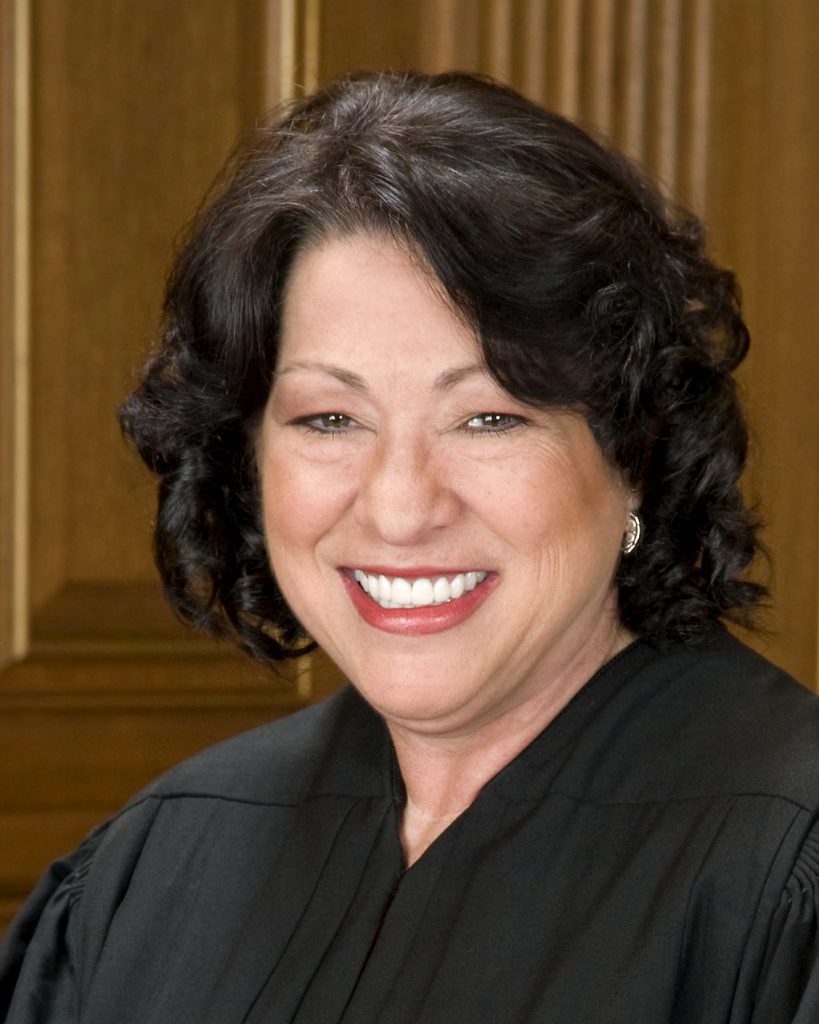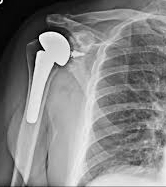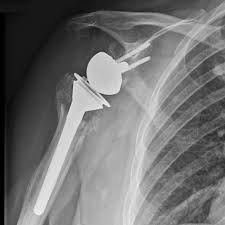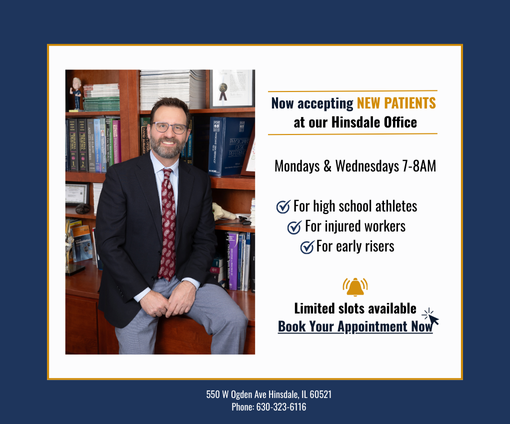
Ruling is in on U.S. Supreme Court Justice Sonia Sotomayor’s shoulder–replace it!
It is not often a reverse total shoulder replacement surgery makes the news. However, when a U.S. Supreme Court Justice is in need of one and the Supreme Court is in session, it becomes news.
Total shoulder arthroplasty (TSA) has been performed in the U.S. since the 1950s initially to treat shoulder fractures and glenohumeral (shoulder) arthritis. Reverse total shoulder arthroplasty (rTSA) was developed in Europe. The U.S. Food and Drug Administration approved the procedure in 2003 to treat shoulders with arthritis and irreparable rotator cuff tears, a failed shoulder replacement, a complex proximal humerus fracture, a chronic shoulder dislocation, or a shoulder joint tumor.
In a press release from the court’s public information office, diagnostic tests revealed, “U.S. Supreme Court Justice Sonia Sotomayor suffered a severe multipart displaced head-splitting fracture of her proximal humerus following a fall at her Washington, D.C., home. Justice Sotomayor fractured the humeral head (ball) in her shoulder joint and after consultation with specialists a reverse total shoulder replacement was recommended.”
According to Dr. Steven Chudik, an orthopaedic shoulder specialist and sports medicine physician at the Shoulder, Knee and Sports Medicine Injury Clinic with offices in Westmont and Western Springs, Ill., “a reverse total shoulder arthroplasty procedure as recommended by Justice Sotomayor’s doctors is appropriate for someone of her age, physical demands and the severity of her fracture.”
With rTSA, as opposed to TSA, the anatomy of the ball and socket are reversed. A metal sphere (ball) is fixed to the socket and a new socket is fixed to the upper end of the humerus. The significant difference between TSA and rTSA procedures is that TSA, just as a normal shoulder, uses the rotator cuff muscles to help stabilize the humeral head (ball) in the glenoid (socket) through the full range of motion. Conversely, rTSA relies on its reverse geometry to maintain stability when the rotator cuff muscles no longer function because of injury from tears or severe fractures as in the case of Justice Sotomayor.
Historically, rTSA has a significant complication and failure rate. Therefore, Dr. Chudik generally prefers to fix the fractures and the rotator cuff whenever possible. “Reverse total shoulder arthroplasty is indicated only when all other possibilities to restore the normal anatomy have been exhausted,” Dr. Chudik said.
For Justice Sotomayor and other rTSA patients, she will wear a sling, limit her daily activities and undergo physical therapy to strengthen her shoulder and improve mobility. Otherwise, she will be able to eat, dress and groom herself within a few weeks and drive as early as six weeks.
“Although rTSA provides orthopaedic surgeons with an option to treat difficult shoulder injuries with irreparable rotator cuff damage, it isn’t for everyone,” Dr. Chudik explained. “If you’ve been told to consider the procedure, I would urge you to get a second opinion and discuss in detail with the orthopaedic specialist whether an rTSA is truly your only option given your shoulder condition. Reverse total shoulder arthroplasty works well for the right individual, but does have its limitations,” he added.











